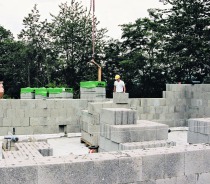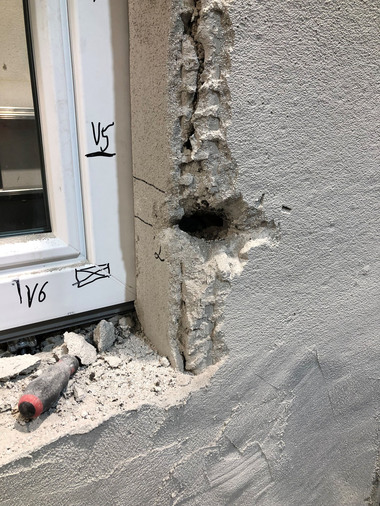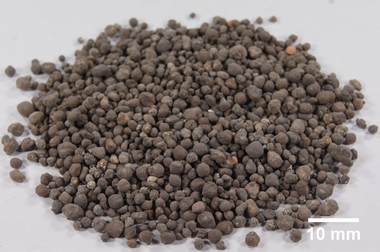Defining fk values in the national annexes to EC6
One of the main objectives in revising DIN 1053-1 was a more differentiated description of the compressive strength of masonry as a function of the different types of blocks used in order to be able to better utilize structural capacity reserves in the future. In addition, a formal approximation to EC6 was to be achieved together with an update taking into account newfindings. The calculation model according to EC6 including a power function and parameters depending on the block-mortar combination was used in the process to enable a subsequent translation for the national annexes to EC6. Comprehensive analyses of compressive strength tests carried out on, among other things, lightweight concrete masonry were performed. Based on these analyses and taking into account further discussions between the German Institute for Structural Engineering (DIBt) and the lightweight concrete industry, the characteristic compressive strength values were then derived, in a first step, for the drafts of DIN 1053-11 and DIN 1053-13 and, at a later date, for the national annexes DIN EN 1996-1-1/NA and DIN EN 1996-3/NA.
The contribution begins by presenting the previous regulations regarding the compressive strength values in DIN 1053-1 and DIN 1053-100. This is followed by a brief historical outline on the development of the power formula for describing the relation between the compressive strength of masonry and the compressive strength of blocks and mortar since the 1940s. The approach to defining the fk values of lightweight concrete masonry for E DIN 1053-11 and E DIN 1053-13 is then explained in detail, presenting the resulting status quo in the national annexes to EC6. A comparison of the specifications in DIN 1053-100, E DIN 1053-11 and DIN EN 1996-3/NA is followed by a comparison of the fk values to be currently applied for masonry built using concrete and lightweight concrete blocks with lightweight and thin-bed mortar based on general national technical approvals with the compressive strength values according to DIN EN 1996-3/NA and E DIN 1053-11. The contribution concludes by providing some recommendations regarding a future revision of the national annexes to EC6.






